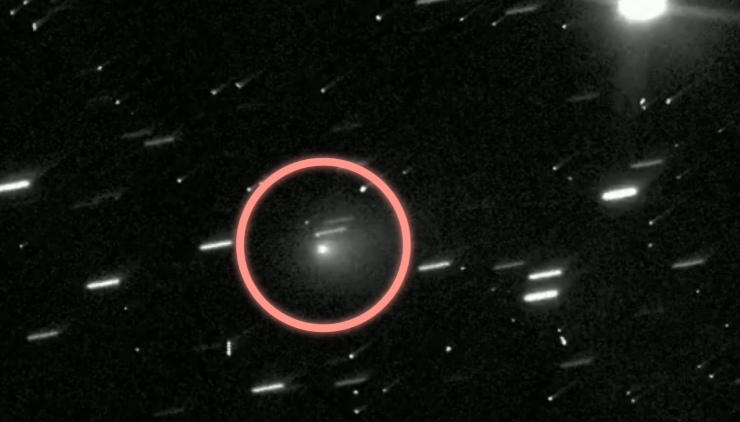3I ATLAS: Decoding the Mysteries of Our Third Interstellar Visitor
Explore the enigmatic interstellar comet 3I/ATLAS-its origins, trajectory, and scientific significance as it journeys through our solar system.
3I/ATLAS: A Cosmic Wanderer from Beyond Our Solar SystemIn July 2025, astronomers confirmed the discovery of 3I/ATLAS, the third known interstellar object to traverse our solar system. Unlike its predecessors, 1I/ʻOumuamua and 2I/Borisov, this visitor stands out for its size, speed, and peculiar characteristics, offering scientists an unprecedented opportunity to study material from another star system.
A Rare Hyperbolic Journey3I/ATLAS follows a hyperbolic orbit, meaning it is not bound by the Suns gravity and will eventually escape back into interstellar space. Traveling at a staggering 130,000 miles per hour (209,000 km/h), it is the fastest interstellar object ever recorded. Its trajectory suggests it originated from the Milky Ways thick disk, a region populated by ancient stars, hinting that this comet could be billions of years older than our solar system.
A Comet Unlike Any OtherInitial observations revealed a coma-a cloud of gas and dust-surrounding 3I/ATLAS, confirming it as a comet. However, unlike typical comets, it lacks a prominent tail, and spectroscopic studies have yet to detect common volatile gases like carbon monoxide or methane. This anomaly has sparked debates: Is it a dust-rich interstellar rock, or could its unusual features hint at something more exotic?
Hubble Space Telescope images estimate its nucleus to be between 0.32 and 5.6 kilometers in diameter, though its true size remains uncertain due to its active outgassing. As it approaches perihelion on October 29, 2025, passing within 1.36 astronomical units (AU) of the Sun, astronomers anticipate heightened activity that may reveal more about its composition.
Scientific Implications and Future Observations3I/ATLAS provides a rare chance to analyze pristine material from another star system. Water ice has already been detected in its coma, raising questions about whether interstellar comets could have seeded Earth with water or even organic molecules in the distant past. Upcoming observations by the James Webb Space Telescope and ground-based observatories aim to uncover more about its chemical makeup.
A Safe Passage Through Our Cosmic NeighborhoodDespite its high speed, 3I/ATLAS poses no threat to Earth, with its closest approach remaining at a safe distance of 1.8 AU (about 170 million miles). Its brief visit underscores the importance of advanced sky surveys like ATLAS and the upcoming Vera C. Rubin Observatory, which are revolutionizing our ability to detect these fleeting interstellar travelers.
Conclusion: A Glimpse into the Galactic Unknown3I/ATLAS is more than just a passing curiosity-its a messenger from the depths of the galaxy, carrying secrets about the formation of planetary systems far beyond our own. As astronomers continue to monitor its journey, each new observation brings us closer to understanding the broader universe and our place within it.
Stay tuned for updates as this interstellar wanderer reveals more about the cosmos hidden mysteries.
3I ATLAS: Decoding the Mysteries of Our Third Interstellar Visitor
